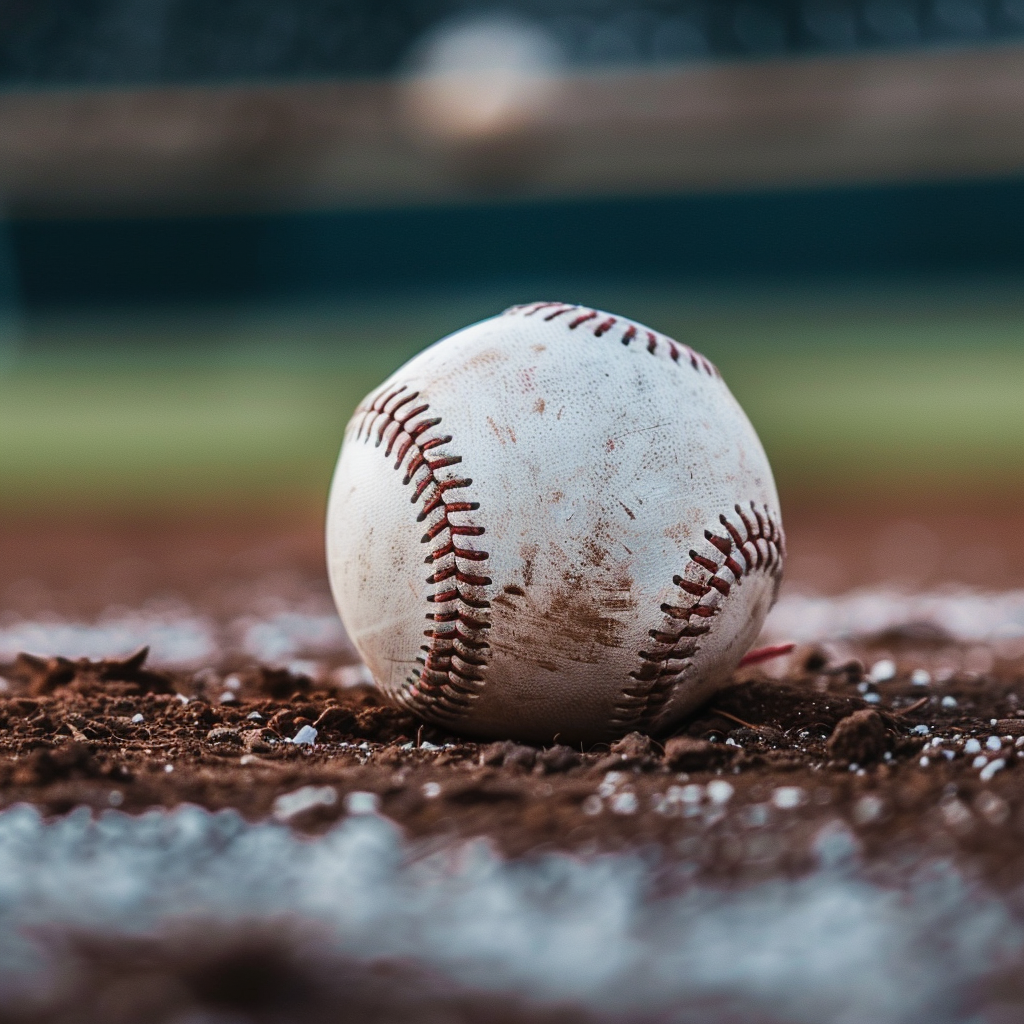Traditions and rituals hold a special place in the heart of baseball, infusing the sport with a rich cultural heritage that transcends the game itself. These practices create a sense of continuity, community, and identity among players, teams, and fans. This article explores the various traditions and rituals that make baseball unique, delving into their historical roots, significant ceremonies, pre-game rituals, and the distinct customs of different baseball clubs.
History and Evolution of Traditions in Baseball
Baseball traditions are deeply rooted in the sport’s long and storied history. From its early days in the 19th century, baseball has developed a myriad of customs that have been passed down through generations. One of the earliest traditions is the ceremonial first pitch, which dates back to the 1800s. This ritual, where a guest of honor throws the first pitch, symbolizes the beginning of the game and has become a beloved prelude to every match.
Another historical tradition is the singing of the national anthem. This practice began during World War I and became a regular feature at baseball games during World War II. The performance of “The Star-Spangled Banner” before games is a poignant reminder of the sport’s connection to American identity and pride.
The seventh-inning stretch is another time-honored tradition. This break in the middle of the seventh inning allows fans to stand up, stretch, and often sing “Take Me Out to the Ball Game.” This ritual began in the early 1900s and has since become a staple of the baseball experience, providing a moment of communal joy and relaxation.
Over time, these initial traditions have evolved and expanded. Modern baseball has embraced new customs while preserving its historical roots. For example, team mascots, which began appearing in the mid-20th century, have become integral to the fan experience, providing entertainment and fostering team spirit. These evolving traditions continue to enrich the cultural fabric of baseball.
Significant Moments and Ceremonies
Baseball is replete with significant ceremonies and traditions that enhance the emotional depth of the game. One of the most iconic is Opening Day, the official start of the baseball season. This event is celebrated with much fanfare, including parades, special guests, and various pre-game festivities. For fans and players alike, Opening Day represents hope, renewal, and the promise of a new season.
Another important tradition is the Hall of Fame induction ceremony. Held annually in Cooperstown, New York, this ceremony honors the greatest players, managers, and contributors to the sport. Induction into the Hall of Fame is the pinnacle of achievement in baseball, and the ceremony is a poignant celebration of the sport’s history and its legends.
On the field, milestone achievements such as a player’s 3,000th hit or 500th home run are celebrated with great reverence. These moments are often marked with ceremonies that include presentations, standing ovations, and commemorative gifts. These celebrations recognize individual excellence and contribute to the rich tapestry of baseball’s narrative.
The retirement of a player’s number is another significant tradition. When a team retires a number, it honors a player’s outstanding contributions and ensures that no other player on the team will wear that number again. This ceremony is a profound gesture of respect and admiration, preserving the legacy of baseball’s greatest figures for future generations.
Pre-Game and Off-Field Rituals
Baseball players are known for their pre-game and off-field rituals, which play a crucial role in their preparation and mindset. Many players adhere to specific routines before games, believing that these rituals bring them luck and enhance their performance. These can range from superstitious acts to practical routines aimed at mental and physical readiness.
- Pre-game rituals often include specific warm-up exercises, batting practice routines, and mental visualization techniques. Players might also have lucky charms or habits, such as wearing a particular piece of clothing, listening to certain music, or following a set sequence of actions. These rituals help players enter a focused and positive state of mind before taking the field.
- On game days, many players engage in superstitions that they believe impact their performance. These can include eating the same meal, taking the same route to the ballpark, or performing a specific handshake with a teammate. While these actions might seem trivial, they provide a sense of control and consistency in the unpredictable world of sports.
- Rituals also extend beyond individual players to encompass entire teams. Team rituals, such as group prayers, motivational speeches, or collective routines, help build camaraderie and a sense of unity. These shared practices reinforce team bonds and create a supportive environment that can be crucial during high-pressure moments.
Traditions of Baseball Clubs and Teams
Each baseball club and team boasts its own unique traditions that contribute to its identity and culture. These traditions often reflect the history, values, and community of the team, becoming symbols of pride for both players and fans. For instance, the New York Yankees’ tradition of Old-Timers’ Day brings together former players and fans to celebrate the team’s storied history.
The Boston Red Sox’s Fenway Park is renowned for its traditions. The Green Monster, Fenway’s iconic left-field wall, and the singing of “Sweet Caroline” during the eighth inning are beloved rituals that define the Red Sox experience. These traditions create a unique atmosphere that distinguishes Fenway Park from other stadiums.
The Chicago Cubs have the tradition of flying the “W” flag after a home win at Wrigley Field. This simple act has become a powerful symbol of victory and is eagerly anticipated by Cubs fans. Similarly, the tradition of the seventh-inning stretch at Wrigley, often led by a celebrity guest, adds to the distinctive charm of Cubs games.
Other teams have their own unique traditions that have become emblematic of their identity. The Los Angeles Dodgers, for example, have the tradition of honoring a player of the game with a bubble machine celebration in the dugout. The Milwaukee Brewers’ sausage race, a race between costumed sausages held during home games, is another quirky and beloved tradition that adds to the fan experience.
Also, we advise you to read our other article, where we talked about how to Improve Your Baseball.
FAQ
The ceremonial first pitch, dating back to the 1800s, symbolizes the start of the game and has become a cherished ritual before every match.
Originating during World War I and becoming regular during World War II, the singing of “The Star-Spangled Banner” at baseball games reflects the sport’s connection to American identity and unity.
The seventh-inning stretch, starting in the early 1900s, allows fans to stand, stretch, and sing “Take Me Out to the Ball Game,” fostering a moment of communal enjoyment and relaxation during games.

